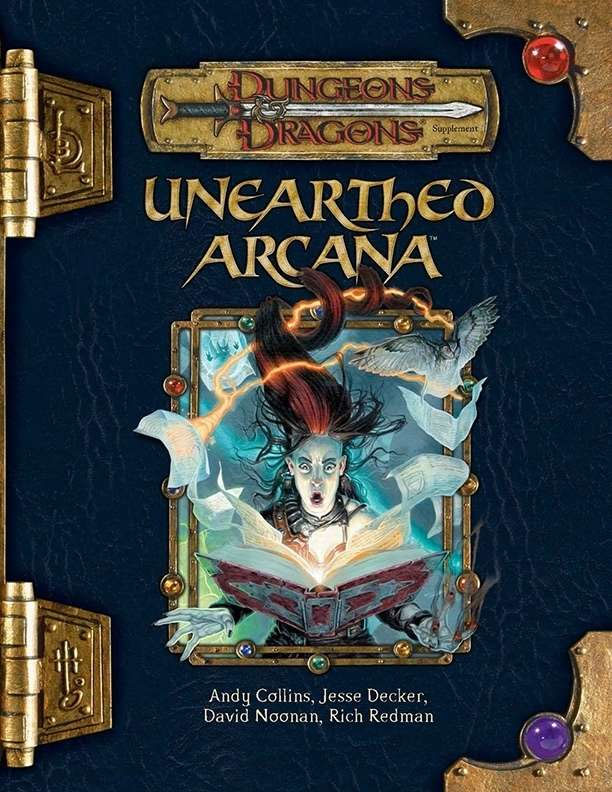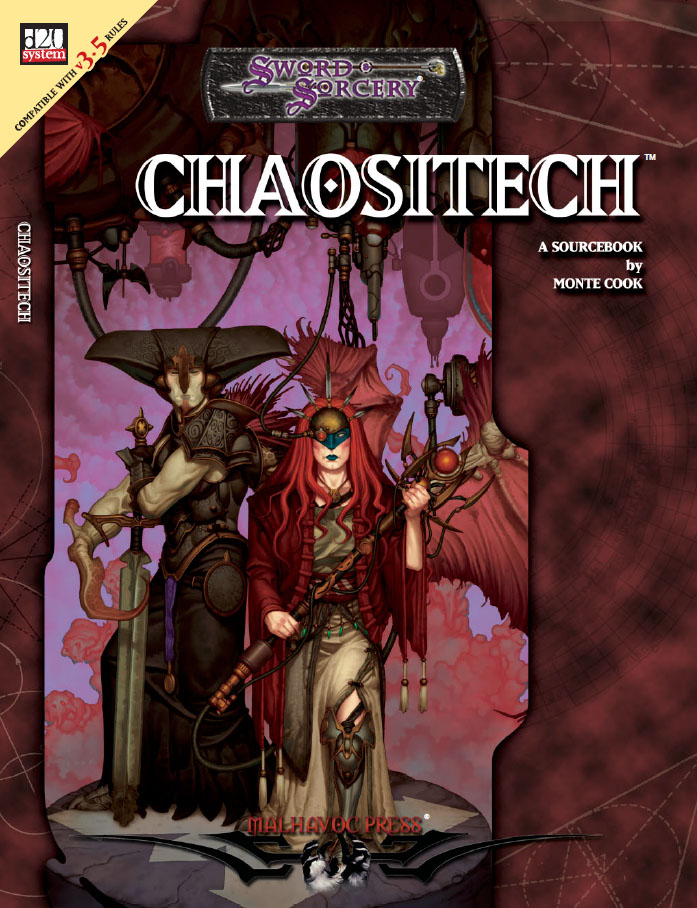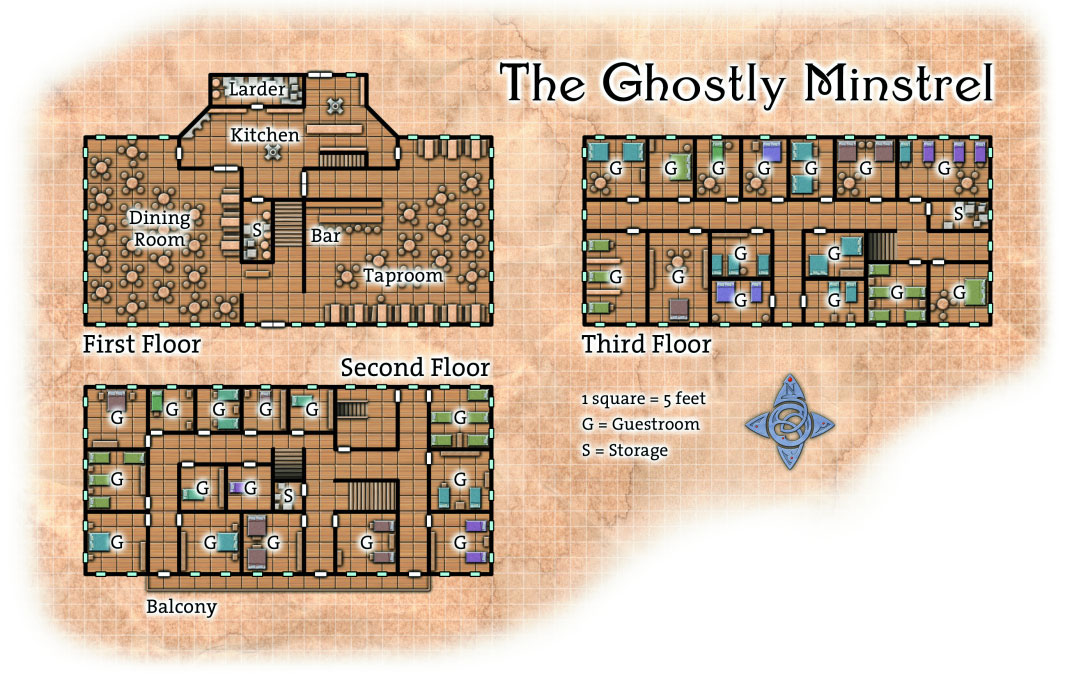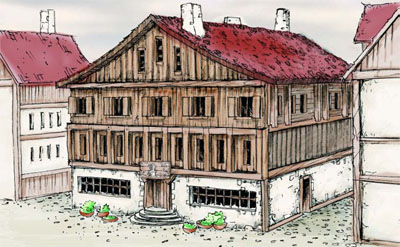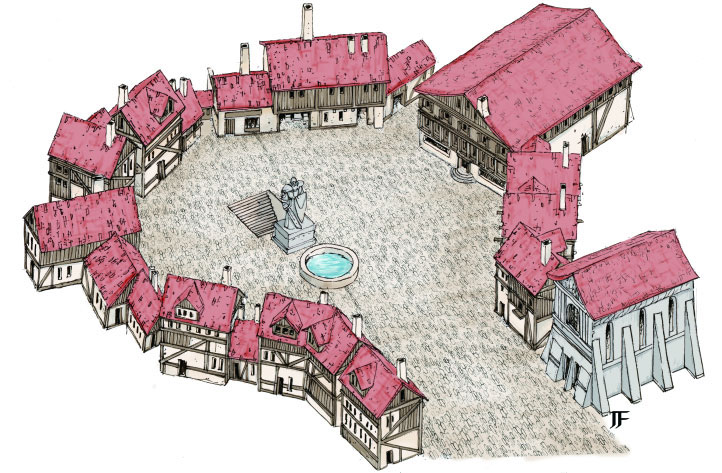And then it sublimated away into the black cloud of acid. Agnarr stumbled back. He tried to whirl to face the last remaining centurion. But the pain was too much. His legs failed him. He fell heavily to the floor and, as he lost consciousness, there was only one thought in his mind:
He had failed.
Twice during the course of Session 16 – and in relatively quick succession – the PCs ended up in very bad positions during a fight. Positions which, if things had gone a little differently, could have very easily ended up with all of them dead.
As a GM there’s going to come a moment when you’re looking at the evolving situation on the table and you’re looking at the stat blocks of the adversaries behind your screen and you’re going to think to yourself, “Oh shit. They might all die here.” Often the players themselves will realize their peril. The tension is going to ratchet up. The stakes riding on every action and every die roll are going to skyrocket. Everyone’s focus is going to tunnel in on survival. On how the day can be won.
And you, as the GM, are going to have to make a choice: Do you take the TPK gamble? Or do you pull back from the moment – fudge your dice rolls, pull your punches, nerf your damage rolls and health totals?
And speaking from years of experience, here’s what I have to say: Take the gamble.
Take the gamble every single time.
Because, in my experience, at least nineteen times out of twenty, the risk you’re seeing on the horizon won’t come to pass: The players will figure out a way to either save the day or escape their certain doom. Often you (and they) will be delighted to discover it’s something you never could have predicted! (We saw that back in Session 13 with the Tale of Itarek, right?)
And even when that twentieth time crops up and the party goes down, you’ll often discover that a total combat loss is not the same thing as a total party kill. That survival is possible without any nerfing or fudging or pulling of punches. (And we saw that in Session 7, right?)
Because the other option is to look at that incredible intensity; that focused passion; that pure adrenaline that’s pumping at the table… and choose to deflate it. To stare down the barrel of the impending TPK and lose your nerve.
And I get it. It’s tough being under that kind of pressure. Round after round grinding away at you. You want to blink. You want to look away. You want a release.
But here’s the deal: These are the moments that make a campaign. The investment that happens in these kinds of moments – when the players are completely engage; when everyone is emotionally involved in what this very next dice roll could bring – is what makes a campaign come alive, and that investment will transition into every other aspect of the campaign. So buckle up and bring it home.
And to be clear, eminent TPKs aren’t the only way to achieve these heightened moments. But when you cheat in these moments – when you drain the tension instead of bringing it to a glorious crescendo of relief – it will have the exact opposite effect: It will poison the well. It will taint every other moment of the campaign.
“But I’ll just lie to the players and they’ll never know!”
Tell yourself whatever you need to, but what I’m telling you right now is that this is a gamble that’s even bigger than the TPK gamble. And it’s not a gamble that I’m willing to take: The payoff is nothing and the loss can be everything. Because once you lose the trust of the table – once your players no longer believe that what’s happening is really happening – it’s almost impossible to regain, and you will lose these rare and precious moments of magic forever.
But… they’ll never know… right?
Oh, it’s quite likely they’ll never say anything. But they’ll know. Anyone who’s spent a decent amount of time on the player’s side of the screen has experienced this truism. You might fool them once. You might fool them twice. But the odds get longer every time and eventually you’re going to lose your gamble. And unlike the TPK gamble, it’s one you only get to lose once.
A FEW PROVISOS, A COUPLE OF QUID PRO QUOS
Sometimes, of course, you take the TPK gamble and… the TPK happens. I’m not trying to pretend otherwise. I’ve had campaigns end that way, and it’s a real punch to the gut. But some of the best stories from my tables are the TPKs. There can be both a grace and a greatness in failure.
With that being said, games where death is irreversible have a much lower threshold of tolerance for this. You can lose five out of six D&D characters and the party will be back up and running 15 minutes later. Heck, you can actually have a TPK in Eclipse Phase and have the whole group back in play 5 minutes later. Take out a Trail of Cthulhu character, on the other hand, and that’s all she wrote.
So, that’s the first proviso: Know where your system’s danger zone is. The risk of irreversible consequences in D&D is different from Eclipse Phase is different from Trail of Cthulhu.
(It should be noted that this is why I prefer systems with a nice meaty barrier between “out of combat” and “totally dead”.)
Here’s the second proviso: If you’ve legitimately screwed up as the GM – you mucked up the rules; you used the wrong stat block; whatever – that’s a whole different kettle of fish. My recommendation here is to just come clean.
“Look, folks, I made a major mistake here and the consequences are looking irreversible. We need to fix it before it gets that far.”
You’re still going to lose that moment; the tension will artificially deflate and that’s going to be an anti-climactic disappointment. But (a) you won’t be taking big gambles at a rigged table and (b) you will keep the trust of the table. And that’s priceless. That trust is what everything else is built on.






